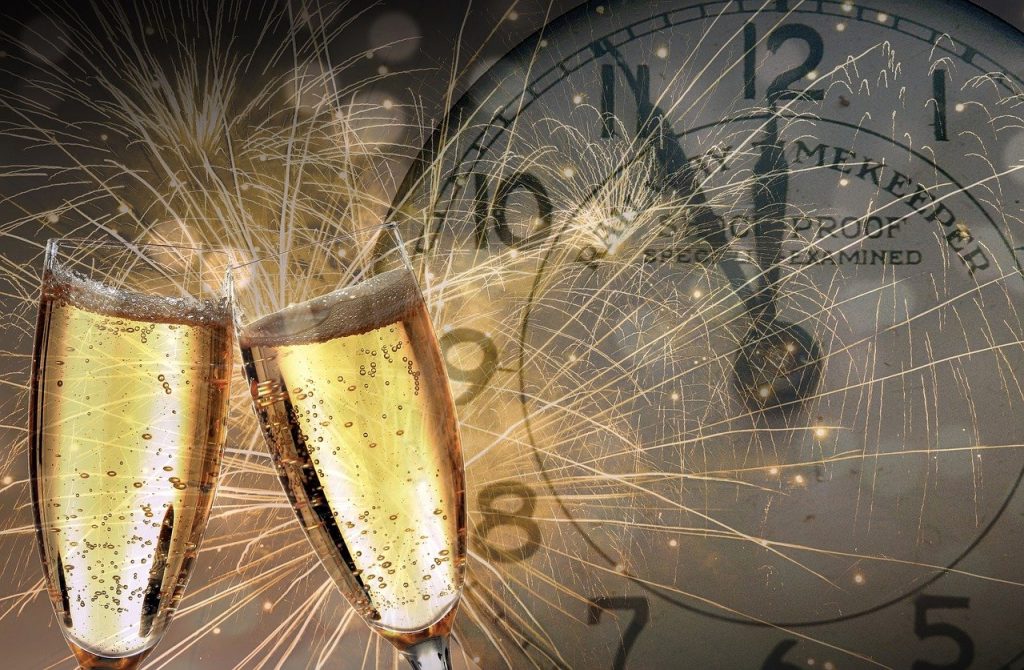Consider how the media tries to connect the dropping of the Ball in New York’s Times Square with the other parties going on across the country – regardless of time zone! Big parties come with a lot of expectations and a strong desire on the part of partygoers to make the most of their time there. It’s up to you to capture these joyous occasions while still having a good time.
1. Take shots from the outside
Taking New Year’s Eve photos outside, depending on where you live, will give you more options for what to shoot and when.
Many cities (Las Vegas, Rio de Janeiro, Paris, New York, London, Sydney, and others) host large outdoor parties and celebrations on New Year’s Eve, so make sure you’re in one of them.
Even if you aren’t, there is always the possibility of something interesting and unexpected. When it comes down to it, you’re looking for something unexpected and memorable.
For maximum flexibility and versatility, use a fast zoom lens and a high ISO (like 400 or 800); avoid using a flash because people are having fun and may not want to know they’re being photographed. However, they will thank you in the New Year.
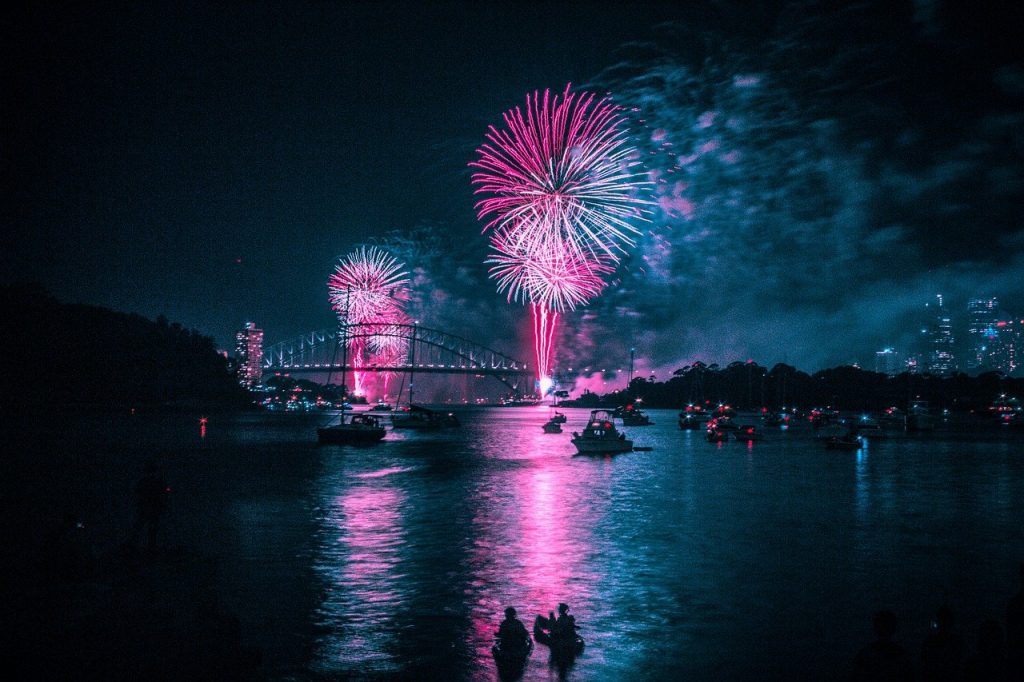
2. Experiment with Different Angles
Experiment with angles a lot to get your compositions to stand out from the crowd.
Because New Year’s Eve is a no-holds-barred celebration (at least most of the time), you can really push the envelope with compositions and angles (extremely high, extreme low, Dutch tilts, etc.) to add that extra oomph to a shot. One of the advantages of digital photography is that you can always review, tweak, or delete your photos as soon as they are taken.
Don’t be afraid to experiment with camera angles and posing to get into the spirit of ringing in the New Year… Once you show the first edgy, experimental image, everyone at the party will want to be a part of it. All you have to do at that point is keep the camera roving.
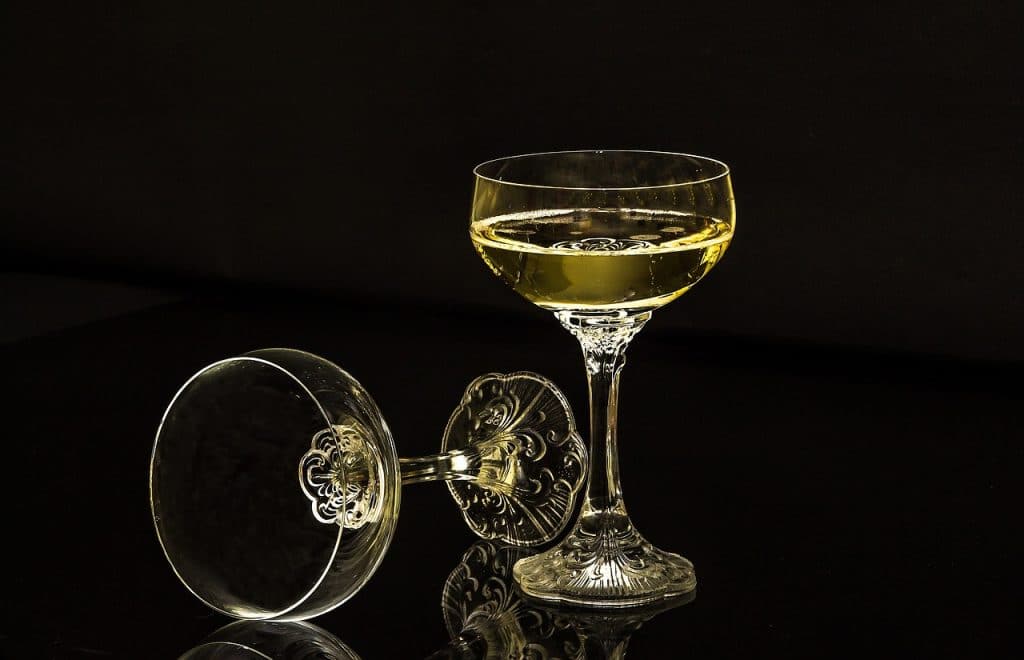
3. Use the Full Frame
Composition is one of the signs of a more experienced photographic eye, and utilizing the entire frame is part of that process (you can use negative space techniques, but that’s a little ineffective at a New Year’s Eve party).
When you fill the entire frame with your subject, the subject’s dynamism and potency, as well as the spirit of the occasion, are amplified.
Notice how the raised glasses in the photo to the right gave the double portrait a happy feel? It works because the glasses act as pillars at the frame’s edge, drawing your gaze toward the two individuals. If there was more (empty) space on the edges, the photo would not be nearly as effective. As a simple “cheers” photo, you couldn’t ask for a better one.
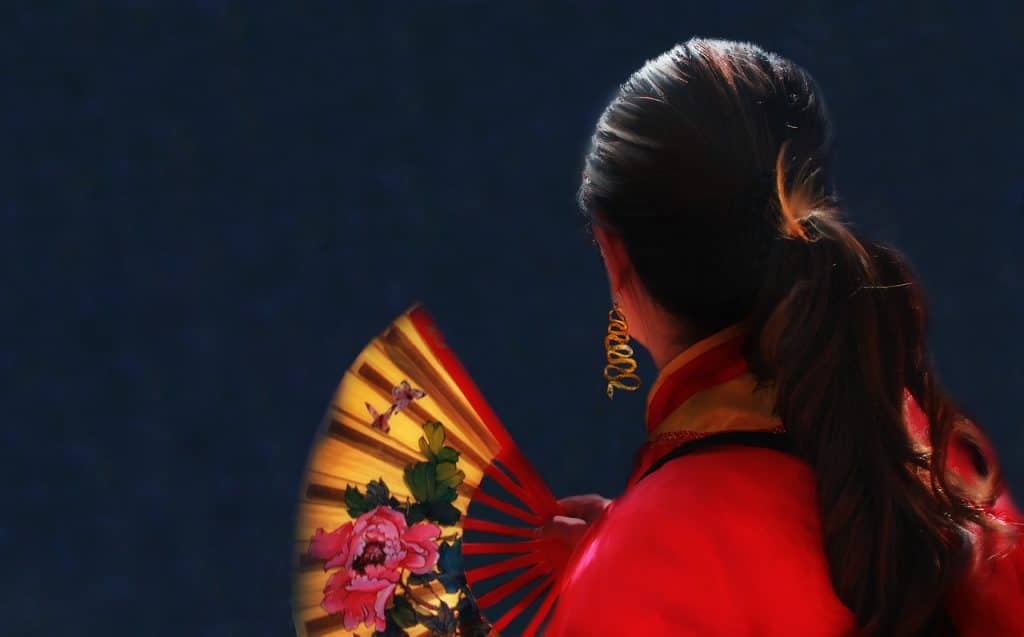
4. Take a Photo of the Atmosphere
People have come to let loose and burn off some steam at most parties, and this is doubly true on New Year’s Eve.
The end of the year, the end of the winter holidays, and the ritual of “making a New Year’s Resolution” allow people to have one last laugh before getting “serious.” Use photographic techniques not typically used for indoor situations, such as panning or zooming-in while releasing the shutter (use a shutter speed of maybe 1/15) to get a blur effect as well as the interesting effect of zooming the lens during a shot, to amplify the action. You can also get a dynamic image by dragging the shutter.
The trick is to use the mechanical aspects of the camera to give you a non-traditional shot while you’re photographing people having a great time.

5. Use a flash with a high rate of synchronisation.
With the vibrant lighting and colorful decorations, using a high-speed sync flash (preferably a cabled one, but any Speedlite flash unit will do) at a New Year’s Eve party will give your photos a psychedelic quality.
The Rear Curtain Sync mode, which is very effective when capturing moving subjects and using longer shutter speeds, is one of the more interesting and creative uses of High-Speed Sync in a party situation. As a result, the object is flash-frozen, with light trails and motion blur ghosting. Moving objects (such as people dancing) that are flash-frozen will add to the image’s expressive quality and vibrancy. You should practice this technique prior to the party to get the hang of it. Then you’ll be able to use it more creatively and purposefully.
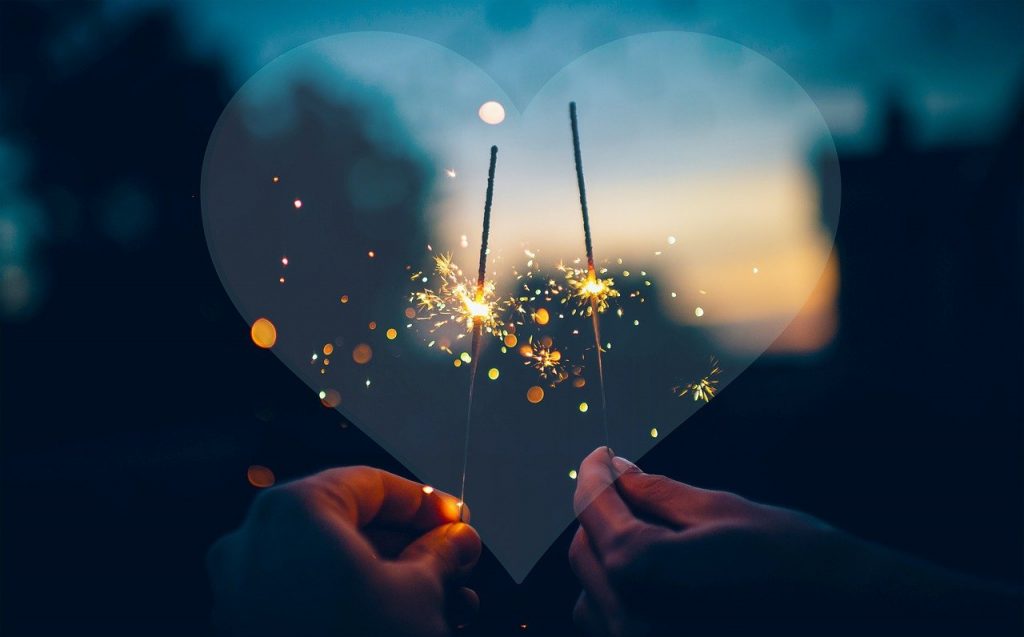
6. Photograph Fireworks
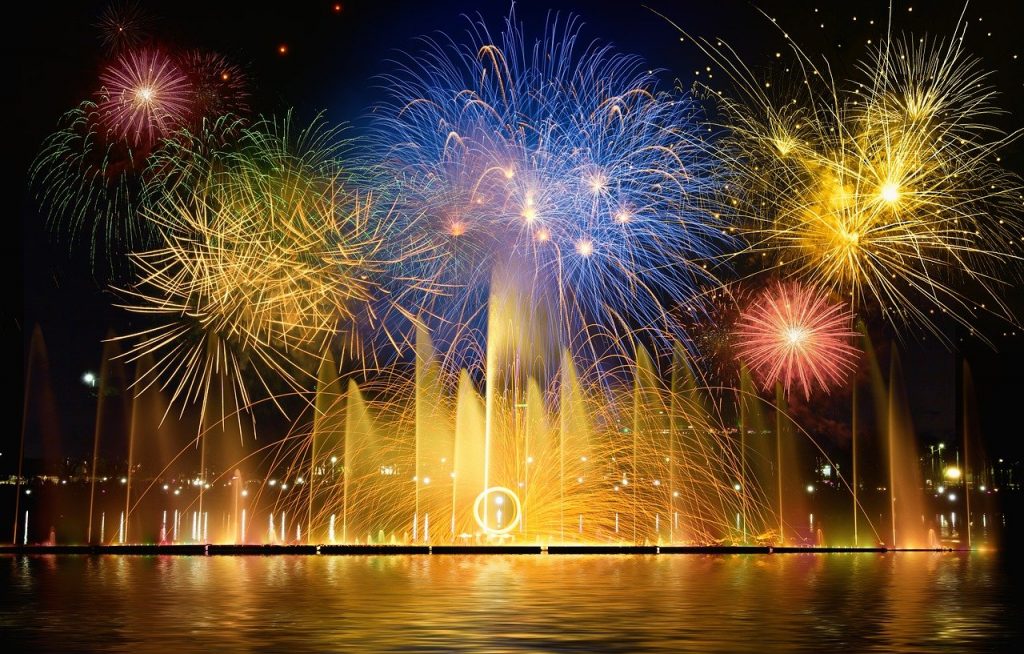
Fireworks elicit a wide range of emotions in almost everyone who sees them, so you’ll want to make the most of them. To ensure that your camera is rock-solid when releasing the shutter, use a tripod and a remote release device (cable or RC unit). Use “bulb” mode to keep the shutter open from the start of the firework to the end of the last fire trail (maybe 4 to 5 seconds).
The most difficult part will be framing your photograph because you must predict where the fireworks will go off ahead of time. Use a zoom lens, such as 80mm – 200mm, to give you the best options, but keep in mind that at 200mm, you must KNOW where the fireworks will go off to capture the shot. Because the shutter speed will be relatively slow, you should set the aperture to between f/8 and f/16.
Settings Suggestions
As previously stated, the exposure will be determined by the images you wish to capture (e.g. a small aperture is best for fireworks, but a large aperture is good for indoor photos with rear curtain sync).
Similarly, when shooting fireworks, use bulb shutter speeds, but use shutter speeds of 1/60th or faster for capturing party explosions (such as when the clock strikes midnight) and for rear curtain sync flash photography.
For the least amount of digital noise, keep the ISO at 100. When taking outdoor photos at night, you may need to increase the ISO to 400 depending on the ambient light level.
Equipment Suggestion
Outside of your camera, you should have a Speedlite (for High Speed Flash Sync techniques), a medium-range zoom (28mm – 80mm) lens, a tripod, and a remote shutter release to photographically capture New Year’s Eve with more creativity and flexibility (if you are photographing fireworks).
Extra memory cards are always a good idea because they can be loaded fairly quickly depending on the length of the party and what’s planned for the evening.
Conclusion
New Year’s Eve provides numerous opportunities to try out photographic techniques that you don’t often get to use, such as Rear Curtain Sync.
The key to making this evening photographically successful is to participate in the festivities WHILE sneaking candid shots. You don’t want too many posed images; the night is about breaking free and shedding the old, so people want to be outrageous with their fun – which means being as unobtrusive as possible.
On New Year’s Eve, you have two tasks: get the photos you want and have fun.
Note: If you want to make some adjustments to the photo just let me know. I can do it for you at a very low cost. You can hire me to edit your photo.
lATEST POST
- What is Midjourney
 Discover the capabilities of Midjourney AI, learn how to effectively utilize the platform, and explore the advantages and disadvantages of the Midjourney AI image generator across its different pricing options.
Discover the capabilities of Midjourney AI, learn how to effectively utilize the platform, and explore the advantages and disadvantages of the Midjourney AI image generator across its different pricing options. - Brand identity elements
 In the vast marketing universe, imagery is pivotal in establishing and nurturing a brand’s identity. A brand’s visual choices are not merely aesthetic decisions but strategic moves that can significantly influence perception and performance. This Picfixs article explores the intricacies of selecting imagery that complements and enhances a brand’s essence, ensuring it resonates with the… Read more: Brand identity elements
In the vast marketing universe, imagery is pivotal in establishing and nurturing a brand’s identity. A brand’s visual choices are not merely aesthetic decisions but strategic moves that can significantly influence perception and performance. This Picfixs article explores the intricacies of selecting imagery that complements and enhances a brand’s essence, ensuring it resonates with the… Read more: Brand identity elements - 100 Best Mountain Captions and Mountain Quotes for Instagram
 Ready to scale new social media heights? Look no further than this treasure trove of 100 exhilarating captions and quotes, handpicked for your Instagram mountain posts!
Ready to scale new social media heights? Look no further than this treasure trove of 100 exhilarating captions and quotes, handpicked for your Instagram mountain posts! - Symmetry in Photography: A Creative Approach with Examples
 Delve into the enchanting realm of symmetry in photography as we showcase mesmerizing examples on our website. Experience the allure of perfectly mirrored images!
Delve into the enchanting realm of symmetry in photography as we showcase mesmerizing examples on our website. Experience the allure of perfectly mirrored images! - 11 Quarantine Photoshoot Ideas to Try at Home for Amazing Photos
 Looking for unique photoshoot ideas during quarantine? Explore the 11 creative suggestions that will help you capture unforgettable moments at home.
Looking for unique photoshoot ideas during quarantine? Explore the 11 creative suggestions that will help you capture unforgettable moments at home.


